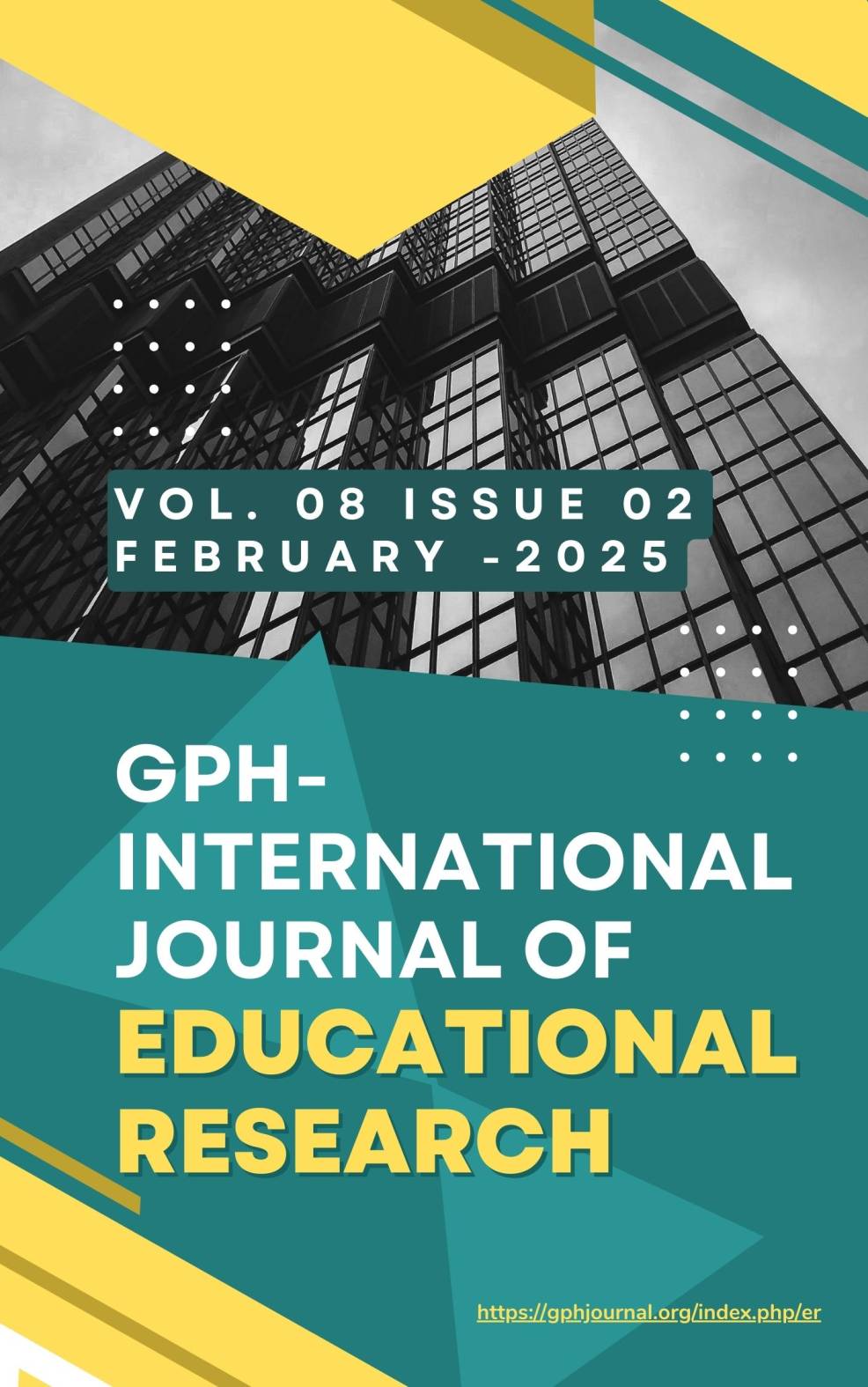Challenges and Complexities in Translating Kiswahili Cultural Expressions: A Comparative Analysis and Practical Solutions
Abstract
This study examines the challenges and complexities involved in translating Kiswahili cultural concepts into other languages, by focusing on practical solutions to address these issues. Kiswahiliis deeply interwoven with cultural nuances that often defy straightforward translation. Translators face the dual challenge of bridging linguistic differences and reconciling divergent worldviews, social norms, and historical contexts. Through a comparative analysis of Kiswahili cultural expressions and their translations, this study investigates categories such as idioms, humours, sarcasm, ironies, greetings, social practices, and political expressions. The analysis highlights the limitations of literal translation, risks of cultural misrepresentation, and the strategies employed to achieve semantic and cultural equivalence, including borrowing, calque, descriptive translation, and cultural adaptation. This paper advocates for nuanced translation approaches that transcend linguistic conversion to preserve the cultural integrity of the source text through cultural sensitivity. By proposing practical solutions to these translation challenges, this research contributes to enhancing cross-cultural communication and underscores the vital role of cultural competence in translation practises.
Downloads
References
Aldanani, M. K. T. (2019). Idioms and cultural references in the translation of Muhsin Al-Ramli’s novel Scattered Crumbs. International Journal of English, Literature and Social Sciences (IJELS), 4(6), 1773–1778. https://doi.org/10.22161/ijels.46.22
Appadurai, A. (1996). Modernity at Large: Cultural Dimensions of Globalisation. University of Minnesota Press.
Bader, D. (2015). Problems encountered in translating cultural expressions from Arabic into English. International Journal of English Linguistics, 3(5).
Baker, M. (2011). In other words: A coursebook on translation (2nd ed.). Routledge.
Clifford, J. (1988). The Predicament of Culture: Twentieth-Century Ethnography, Literature, and Art. Harvard University Press.
Dickins, J., Hervey, S. & Higgins, I. (2017). Thinking Arabic translation: A course in translation method: Arabic to English (2nd ed.). Routledge.
Dunbar, R. I. M. (2012). How many friends does one person need? Harvard University Press.
Dweik, B. (2015). Challenges of translating culture-specific expressions: A review. Journal of Translation and Interpreting Studies, 6(4), 22–30.
Eryn. (2023). 12 best practices for creating culturally relevant content – Nativa. Nativa. https://thenativa.com/blog/12-best-practices-for-creating-culturally-relevant-content/
Fernández Guerra, A. (2012). Translating culture: Problems, strategies, and practical realities. Meta: Translators’ Journal, 57(4), 976–994.
Fernando, C. (1996). Idioms and idiomaticity. Oxford University Press.
Freud, S. (1960). Jokes and their relation to the unconscious. Norton.
Geertz, C. (1973). The Interpretation of Cultures: Selected Essays. Basic Books.
Gerrig, R. J. & Allport, G. W. (2006). Understanding psychology. W. W. Norton & Company.
Gervais, M., & Wilson, D. S. (2005). The evolution and functions of sarcasm. Journal of Language and Social Psychology, 24(3), 277–296.
Ghazala, H. (2003). Idiomaticity between evasion and invasion in translation: Stylistic, aesthetic, and connotative considerations. Babel, 49(3), 203–227.
Giora, R. (2003). On our mind: Salience, context, and figurative language. Oxford University Press.
Gruner, C. R. (1997). The game of humour: A comprehensive theory of why we laugh. Transaction Publishers.
Hall, S. (1990). “Cultural Identity and Diaspora” in Identity: Community, Culture, Difference. Routledge.
Hannerz, U. (1992). Cultural Complexity: Studies in the Social Organization of Meaning. Columbia University Press.
Hofstede, G. (2021). Culture’s consequences: Comparing values, behaviours, institutions, and organisations across nations. Sage Publications.
Hynds, J. (2008). Dramatic irony in Shakespeare: The tragedy of knowledge. Shakespeare Quarterly, 59(2), 211–232.
Jabbari, M. J. (2016). Idiomatic expressions in translation. Journal of Advances in Humanities, 4(3), 507–514. https://doi.org/10.24297/jah.v4i3.4611
Jain, A. (2024). Ten strategies for effective cross-cultural communication: A comprehensive guide.Digicrusader: Digital Marketing Agency and AI Marketplace. https://digicrusader.com/ten-strategies-effective-cross-cultural-communication/
Katan, D. (2009). Translating cultures: An introduction for translators, interpreters and mediators (2nd ed.). Routledge.
Keltner, D. &Bonanno, G. A. (1997). A study of laughter and social interactions. Journal of Personality and Social Psychology, 73(4), 773–786.
Kilonzo, R. (2022). The importance of language sensitivity in cross-cultural communication. Journal of Language and Cultural Studies, 15(3), 45–60.
Kirshenblatt-Gimblett, B. (2000). “From the Margins to the Mainstream: Cultural Anthropology in the New Millennium.” Cultural Studies, 14(2), 115–125.
Kramsch, C. (1998). Language and culture. Oxford University Press.
Kreuz, R. J., & Roberts, R. (1993). The effects of sarcasm on the perception of humour. Journal of Pragmatics, 19(2), 201–220.
Larson, M. L. (1998). Meaning-based translation: A guide to cross-language equivalence (2nd ed.). University Press of America.
Matalu, K. Y. &Sebonde, R. Y. (2022). Linguistic gaps in the English-Kiswahili translation of agropesticide texts in Tanzania. Journal of Translation, 18(1), 1–12. https://doi.org/10.54395/jot-twj2v
Mazrui, A. (1992). Roots of Kiswahili: Colonialism, nationalism, and the Dual Heritage. Ufahamu a Journal of African Studies, 20(3). https://doi.org/10.5070/f7203016758
Morreall, J. (2009). Comic relief: A comprehensive philosophy of humour. Wiley-Blackwell.
Morrison, T. (2012). Irony in O. Henry’s short stories. American Literary Realism, 44(3), 219–234.
Mugambi, J. (2020). Cultural nuances in African communication: A case study of Kiswahili. African Journal of Communication, 12(1), 22–35.
Muriuki, A. (2023). Respect and communication in Kiswahili cultures. International Journal of Cultural Studies, 18(2), 78–90.
Newmark, P. (1988). A textbook of translation. Prentice Hall.
Nida, E. A. (1964). Toward a science of translating. Brill.
Nyabunga, V. A. (2024). An evaluation of cultural concepts in Swahili translated texts: An example of Walioteuliwa by White. Journal of the Kenya National Commission for UNESCO, 4(2). https://doi.org/10.62049/jkncu.v4i2.130
Rasul, S. H. (2016). Translation constraints and procedures to overcome them in rendering journalistic texts. Journal of University of Human Development, 2(3) pp. 402–419.
UNESCO. (2001). Universal Declaration on Cultural Diversity.
Wafula, J. (2018). Sarcasm as a literary device in Kiswahili poetry. East African Journal of Cultural Studies, 15(4), 78–92.
Walsh, M. (2017). The Swahili language and its early history. In Routledge eBooks (pp. 121–130). https://doi.org/10.4324/9781315691459-8
Wilson, D. & Sperber, D. (1992). On verbal irony. Lingua, 87(1), 53–76.
Young, I. M. (1990). Justice and the Politics of Difference. Princeton University Press.
Author(s) and co-author(s) jointly and severally represent and warrant that the Article is original with the author(s) and does not infringe any copyright or violate any other right of any third parties, and that the Article has not been published elsewhere. Author(s) agree to the terms that the Global Publication House will have the full right to remove the published article on any misconduct found in the published article.























